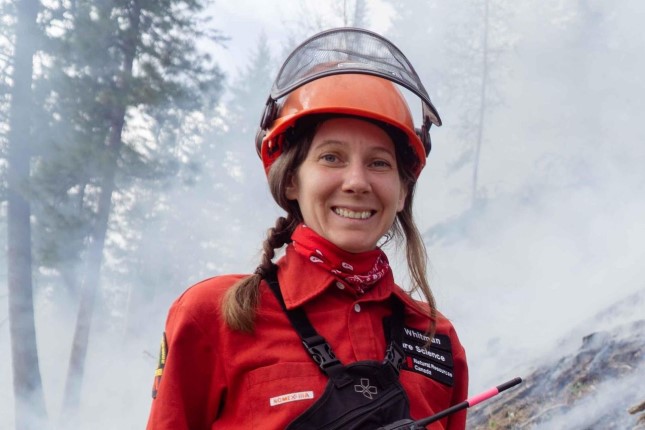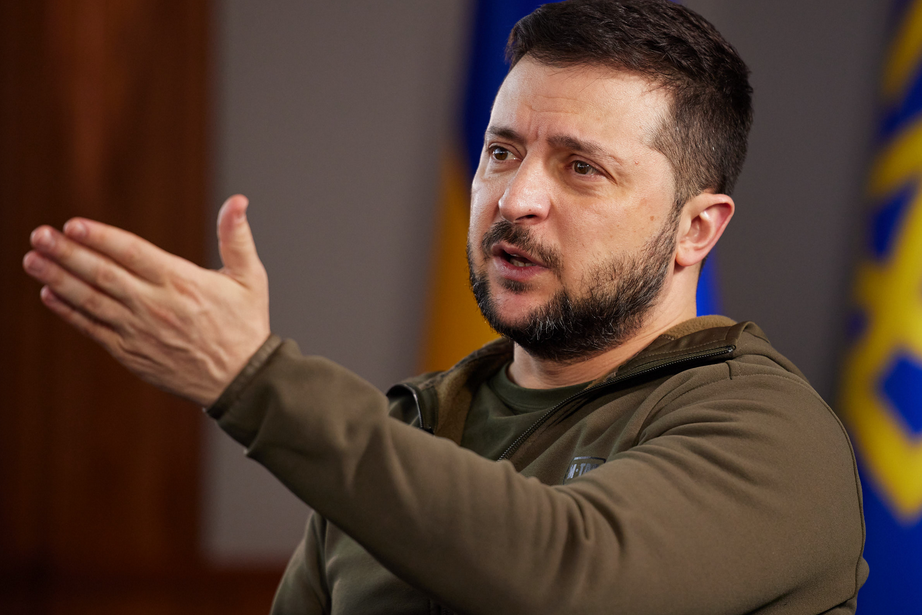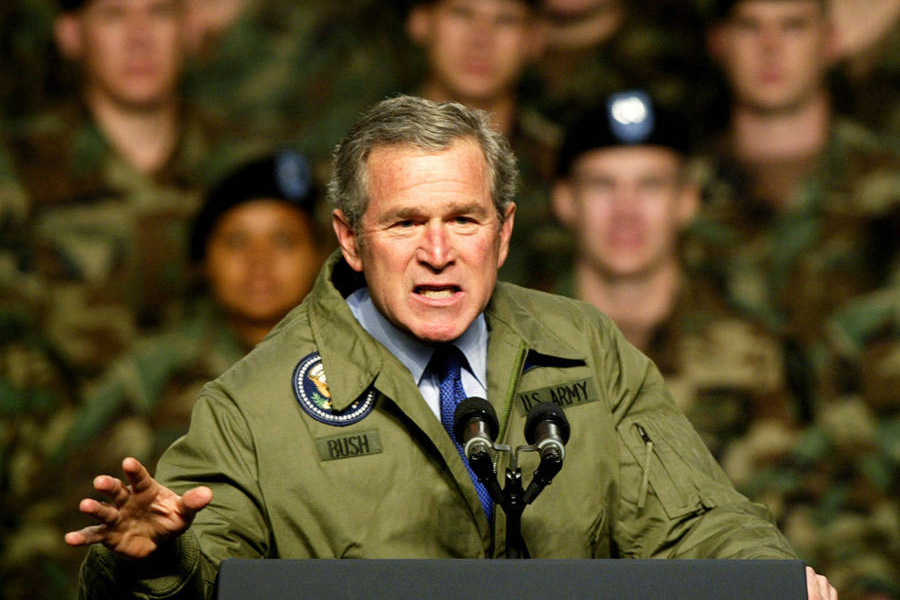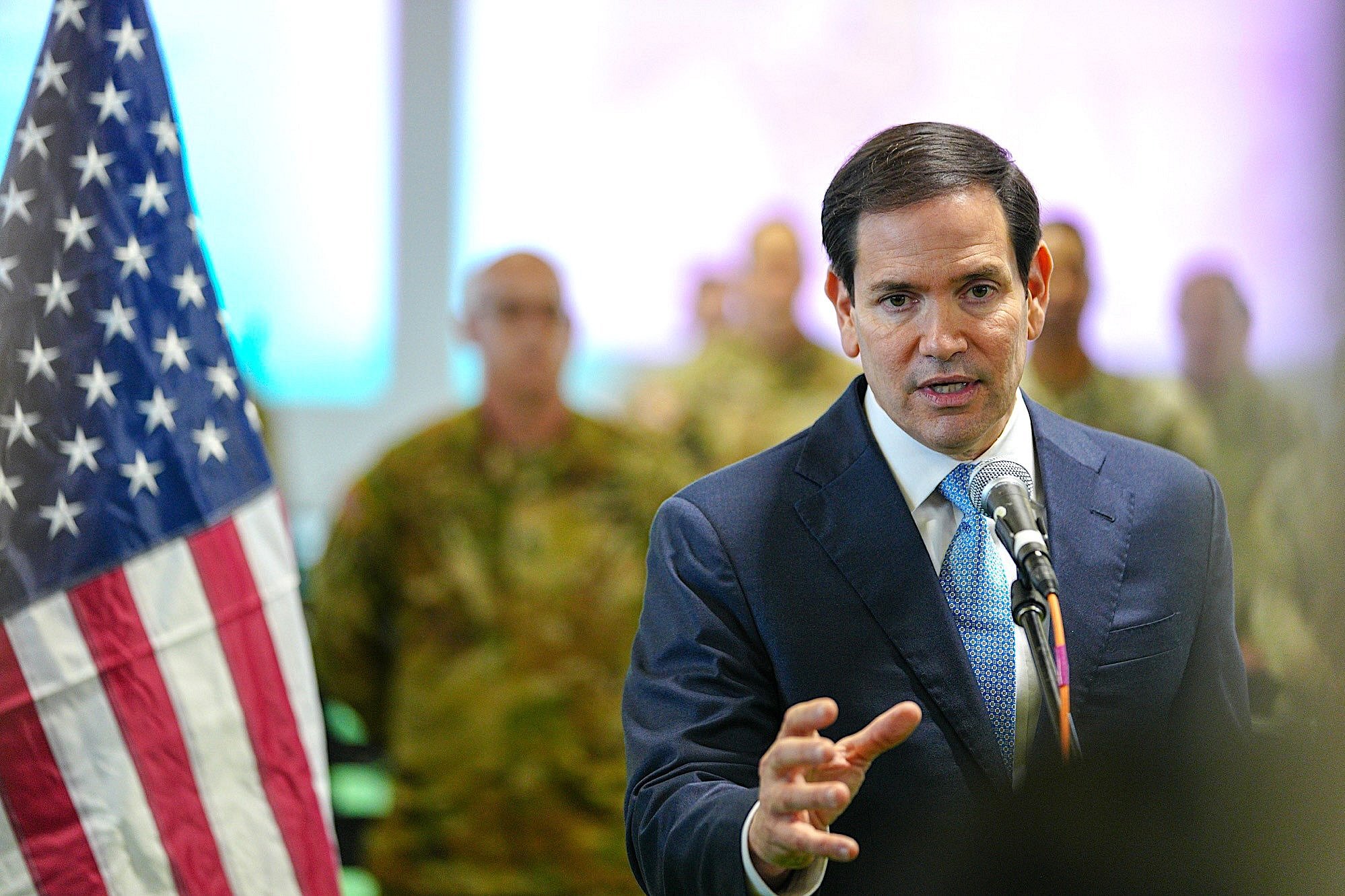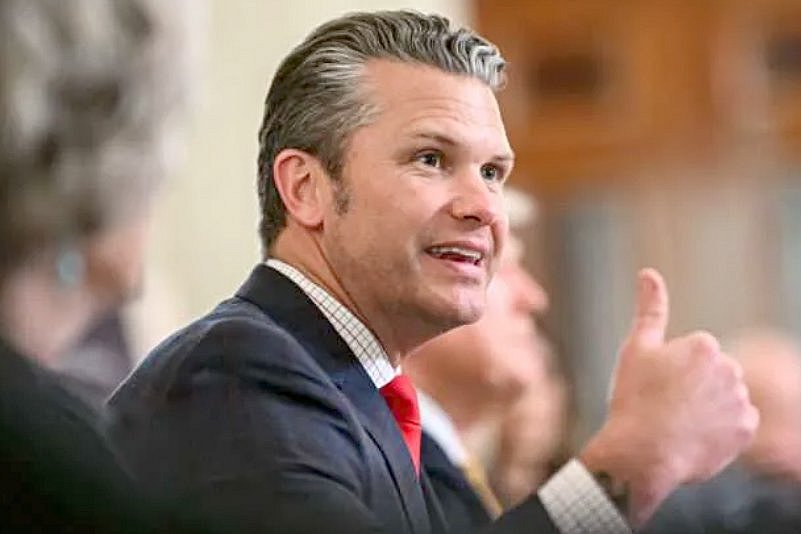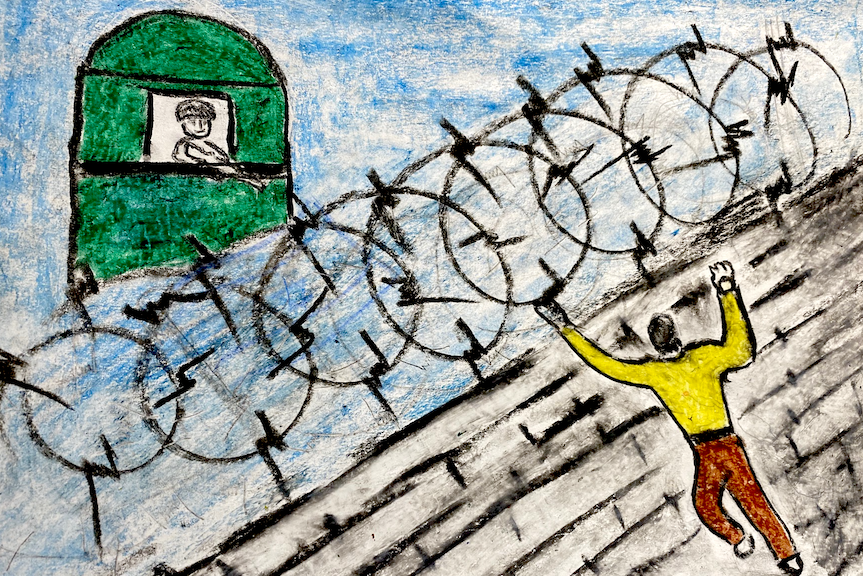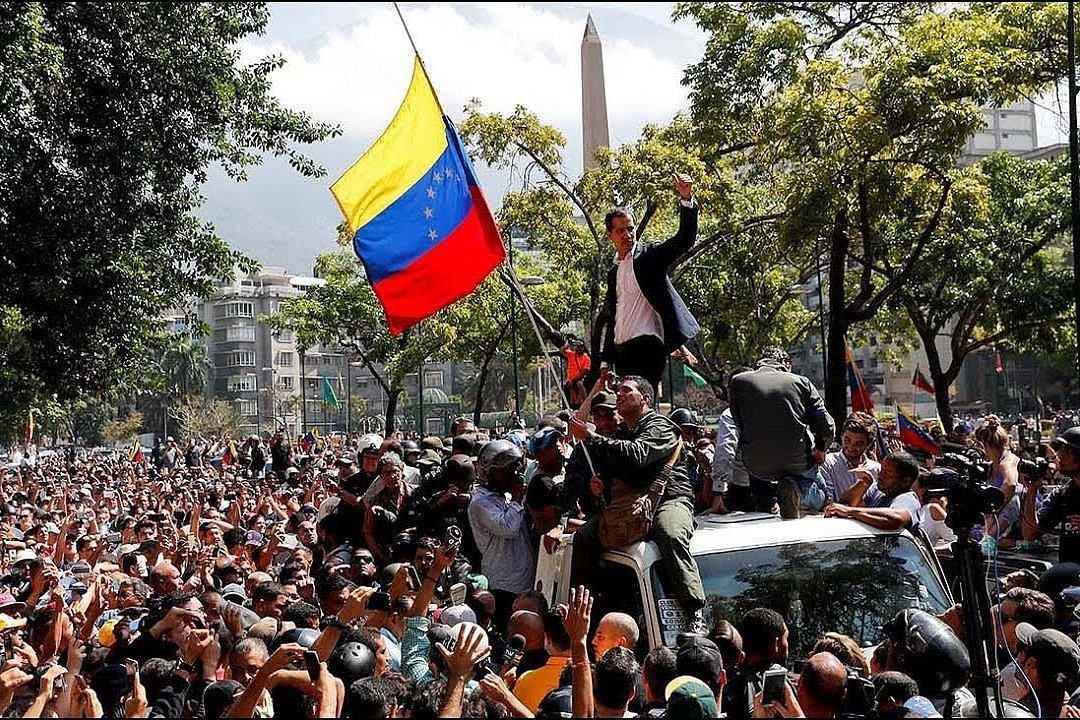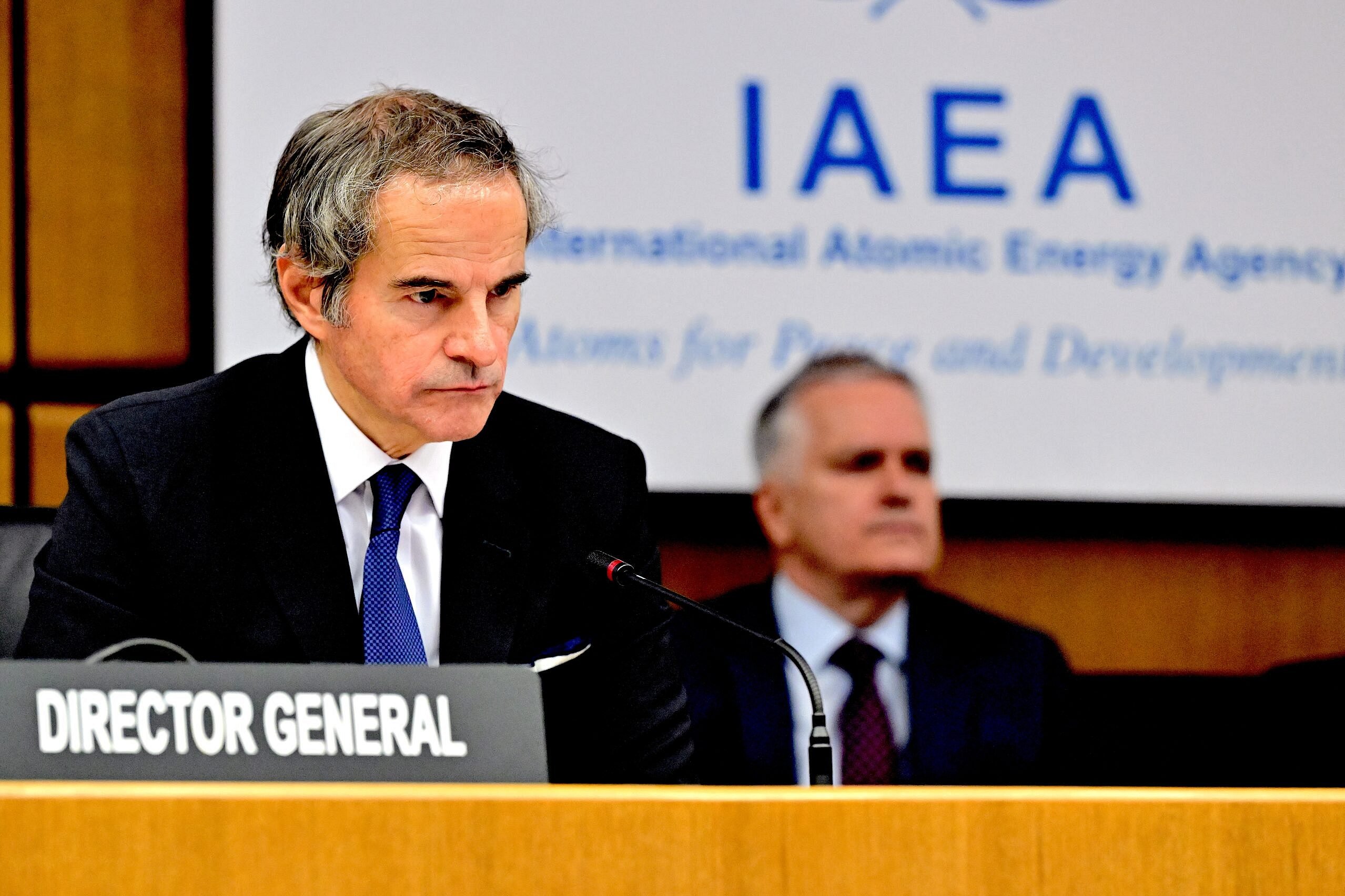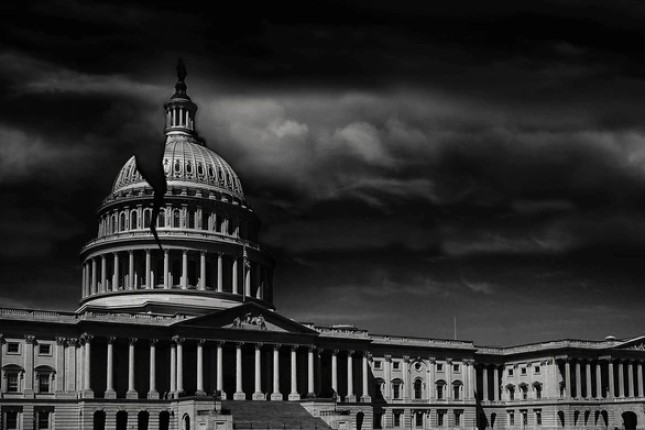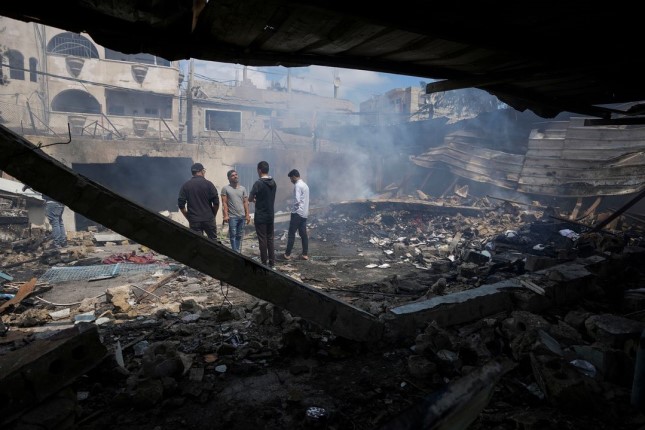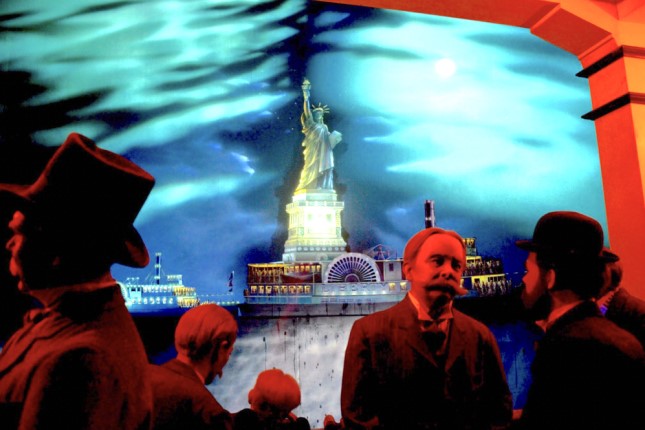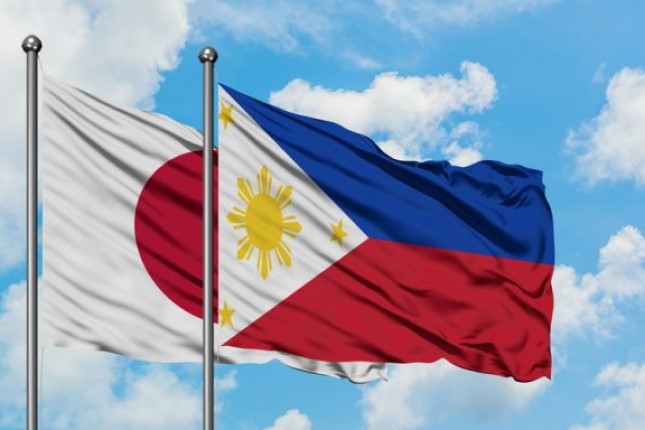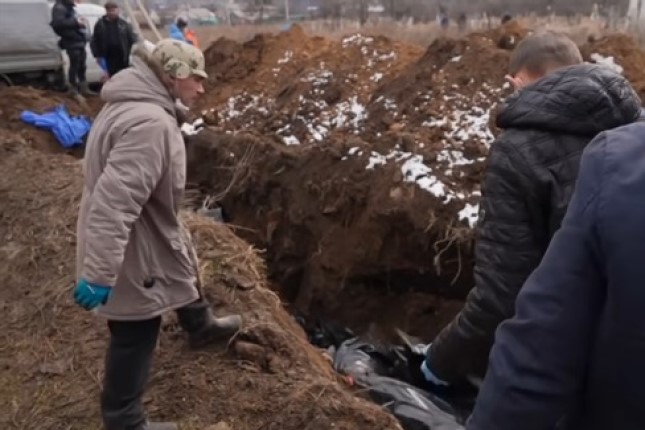The Canadian wildfires that continue to blaze across the country stretching from Newfoundland to northeastern British Columbia and the Yukon Territory are historic in scope and larger than any previous forest fires ever experienced in that region. They began in March, much earlier than the usual July beginning of the fire season. These fires, triggered by lightning, once ablaze began to spread rapidly across the arid landscape, engulfing nearly every region of Canada’s vast network of boreal (northern) forests, a biome characterized by coniferous forests having formed some 12,000 years ago, following the last glacial period.
By June they gained in intensity, depositing toxic smoke plumes containing soot, brown carbon, and other pollutants high into the stratosphere, which have now spread across North America and into Europe creating severe air pollution. In the US, more than a third of the population has been placed under air quality alerts at one time or another, with horizons and city skylines at times barely discernible.
UNEP Executive Director Inger Andersen recently warned, “Current government responses to wildfires are often putting money in the wrong place. Those emergency service workers and firefighters on the frontlines who are risking their lives to fight forest wildfires need to be supported. We have to minimize the risk of extreme wildfires by being better prepared: invest more in fire risk reduction, work with local communities, and strengthen global commitment to fight climate change.”
The World Socialist Web Site had an opportunity to speak with Canadian fire scientist Dr. Ellen Whitman, Ph.D., who has published important studies on the nature of these fires and their impact on the boreal forest. The following interview was edited for brevity and clarity.
Benjamin Mateus (BM): Dr. Whitman, thank you for accepting the interview. Most people probably haven’t heard of a wildfire scientist. If you could, please introduce yourself and explain what a wildfire scientist is and what your research on wildfires is attempting to understand about the current trends in wildfires we are seeing across Canada?
Ellen Whitman (EW): Of course. My name is Ellen Whitman. I am a forest fire research scientist with Natural Resources Canada in the Canadian Forest Service. My office is at the Northern Forestry Center, which is in Edmonton, Alberta. I presently live in British Columbia working remotely.
The Forest Service in Canada is different from the United States. We are not a land manager like the US Forest Service. We’re essentially a scientific organization and our goal, and our role, is to provide scientific support for Canadians so that they can have sustainable and healthy forests as well as to enable the forest industry to follow best practices.
[In Canada, 40 percent of the land area is forested, accounting for 362 million hectares (HA) of forest area, making it the third most forested country in the world. Only the Russian Federation (815 million HA) and Brazil (497 million HA) have more forested land. Next are the US (310 million HA) and China (220 million HA). Canadian forests represent 9 percent of the world’s forest but account for one-quarter of the world’s boreal (northern) forest. The 2023 fire season has burned 12.3 million HA thus far.]
We also have this additional role of informing on wildfire science because it’s so tied to forests, although it’s not really related necessarily as clearly to forests as a resource for timber, for example. Personally, I tend to work on things like fire, ecology, and fuels.
Specifically, I tend to do a lot of work with fire remote sensing, so using satellite imagery and data and linking that to what we see on the ground before and after fires and trying to understand how forests come back after fires. And then I’m also really interested in how climate relates to what’s happening with fire and changing fire regimes generally, meaning whether that’s related to human actions like suppression or fuel management, or whether that’s changes that are happening continually due to things like climate.
BM: I’m certain you’ve been following the fires in Canada this season. Maybe you can give an account of these developments and what the implications are for those living in North America. And, as a follow-up question, can you speak about the trends of forest fires we’ve been seeing globally?
EW: The fire season in Canada this year is exceptional. At this point, people are aware that this is not just the media blowing things out of proportion. I think we may have already passed our historical maximum area burned as of a few weeks ago. [According to the Canadian Interagency Forest Fire Centre Inc., as of July 29, 2023, 12.3 million HA have been burned. Out of 4,920 fires this year, there are more than 1,000 active fires ongoing.] Regardless for the time of year, the area burned currently is exceptional. And the other aspect that’s exceptional is the extent across the country.
So often, fire is quite regional. While one area will be very hot and dry with a lot of fire activity there, another area may have a wetter summer. But this year it’s quite uncommon, to see it across the country. And all of that together has led to an extreme demand on our resources in Canada. And by resources, I mean firefighting resources and the agencies that are involved with these efforts. We are at a point where we need to request assistance from our partners from other countries. And that’s not uncommon, that regularly happens. We do a lot of inter-agency resource sharing globally and within Canada as well.
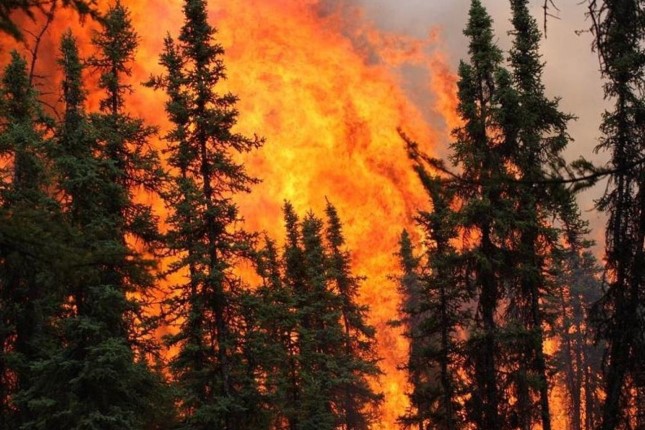
Fire in a boreal forest in Alaska. Photo: Scott Rupp. US Geological Survey.
But it’s certainly a very exceptional year in terms of the amount of fire activity, and that has also translated to being an exceptional year in terms of the impacts on people. The number of evacuees and the number of evacuation orders is beyond anything I believe that we’ve ever recorded before. [As of the first week in July, close to 156,000 people were forced to evacuate, the highest number in the last four decades.] The direct impacts on people are very acute. And then for other locations, like people in the United States, the impacts that are downstream or indirect like smoke have also been very acutely felt by a lot of people.
As to the second half of your question about forest fires globally, at the moment my attention is focused on the fire situation in Canada. I can’t speak with any certainties on what is happening in other areas like in Russia or the US.
Generally speaking, we are seeing trends across a lot of different places of changes in fire activity. Particularly in the West, in Canada, and in the United States. There has been increased area burned or fire activity over the past several decades, and we’re quite confident that it’s highly related to climate change.
The impact of weather on the size of wildfires
There’s also a lot of complex things mixed in there including fuels management and forest management. There is also fire suppression or the reduction of Indigenous traditional burning, for example. These things have also impacted fire regimes, so it’s difficult to totally tease those things apart. But broadly speaking, hot, dry, windy weather has been increasing. And concurrent with that, we’ve absolutely seen an increase in fire activity, particularly more so in area burned or fire size in North America. [In the US, since 1985, the annual area burned by year has quadrupled to eight million acres or 3.23 million HA in 2020.] In Canada at least, we haven’t really seen much of a change in the number of fires that are happening. It’s just that the ones that are happening are getting very large.
So, we have ended up with these more severe impacts in terms of the land affected and the people affected. Globally, there’s a real mix of patterns but we’ve also seen in Canada, for example, and I’m not sure if it’s global or specifically for North America, but the hottest temperature ever recorded at that northern latitude this summer.
[A recent report by the US Forest Service notes that by 2070 “droughts are projected to occur more often, last longer, and be more intense.” They continue, “In the majority of examined climate futures, droughts are projected to occur most often in forest and rangeland ecosystems of the Rocky Mountain Region and the southern portion of the Pacific Coast Region.” They project that total area of high-severity fires as well as the number of trees that will be killed annually are projected to increase in the next fifty years.
The increase in global warming and destruction of these forests means that their ability to absorb carbon will start plummeting after 2025. The report states, “Forest growth rates are projected to slow as forests age, disturbance increases, and forests are converted to other land uses … [this] would lead to a reduced [CO2] sink strength and the likelihood that the forest sector would become a net carbon source.”]
And this also includes the Arctic in general. We do have some concerns around quite serious changes to increasing fire activity in these regions. This may not be consistent globally, but there’s lots of places where fire activity is increasing. Australia is another one for sure because of that relationship with climate and the increasing heat and aridity.
The characteristics of a fire regime
BM: In 2019, you and your colleagues authored an important report published in Nature titled “Short-interval wildfire and drought overwhelm boreal forest resilience.” Then you followed up with two other critical reports in 2022: one published in Environmental Research titled “Climate-induced fire regime amplification in Alberta, Canada,” and the other published in FEMS Microbiology Ecology titled, “Effects of short-interval reburns in the boreal forest on soil bacterial communities compared to long-interval reburns.”
First, what do you mean by a fire regime? And second, can you speak to what boreal forces are and why they are critical in regulating the climate and atmosphere levels of carbon dioxide?
EW: A fire regime is a term that we use in this field to describe a suite of different aspects of fire. For instance, you can do research about a single aspect of fire for a given area. That may be the number of ignitions every year. Perhaps we want to look at the total area burned every year, or maybe just fire size. However, when you are looking at all those different things combined, we are referring to characteristics of fires within a fire regime.
Often, we lump fire regimes together. You might have high-frequency, low-intensity fires occurring every one to five years. But those fires tend to be low-intensity surface fires. That might be one type of fire regime.
Or you could have low-frequency, high-intensity, which is what we are seeing now in the boreal forest. These fires don’t happen frequently—maybe every 30 to 200 years—but when they do happen, they’re like a crown fire. These fires are aflame all the way up into the canopy of a tree and spreading as a massive front.
When you describe those differences regionally, that’s what a fire regime is. There are different specific things that are included with these descriptions such as seasonality, meaning, are we seeing, for example, a spring fire regime when most of your ignitions happen or are these fires happening throughout the year? All those characteristics together make up a fire regime.
And then in terms of the boreal forest, it is, I believe, the largest forested ecosystem globally. It’s the largest temperate forest. It’s circumpolar, so it extends all the way around the northern half of the northern hemisphere. And it contains a lot of carbon, which is why a lot of people are very interested in it. There has been debate about whether the boreal forest is a sink or a source in terms of carbon emissions.
Certainly, a lot of carbon is sequestered in the boreal forest, but it’s a highly variable and frequently disturbed regime. What that means is that in a low [intensity] fire year, a lot of carbon is being absorbed, taken up by trees and stored in peat soils, which are very thick organic soils. But in a high [intensity] fire year, there’s an abundance of emissions and the boreal forest can act as a source of carbon pollution.
So, it switches back and forth depending on what’s happening at the time. But because it’s such an extensive forest and because it does contain a lot of carbon, people have concerns about accelerating fire regimes as it may lead to increased greenhouse gas emissions from carbon that is currently stored in that forest, whether it is consistently behaving one way or the other.
BM: I read recently in a report from 2021 in The Conversation that since 1970, around 15 percent of such areas have been drained contributing to an immense quantity of carbon emission.
[In a report from the Canadian Boreal Initiative and the Boreal Songbird Initiative from more than a decade ago, found that 22 percent of all the carbon on the Earth’s land surface is contained in boreal forests across Alaska, Canada, Northern Europe, and Russia. This amounts to 703 gigatons of carbon, while the tropical forests contain a little more than half this quantity at 375 gigatons.]
EW: I can’t speak to these percentages, and I’d have to check these with a source and do some research. But I can say that deforestation is quite rare, at least in North America. The boreal forest is something that people manage for forestry—forest products. There’s also mining that occurs in these forests. I wouldn’t say these areas are being destroyed as a forest, as people are replanting trees. But the ecosystem is certainly being altered.
BM: To what extent are these areas being affected by what we call extractive industries, logging, drilling, and how are these contributing to the intensity of the fires we have been experiencing?
EW: We don’t know exactly what the relationship is between human modifications that have happened to the forest and how that’s affecting fire regime, specifically from a forestry perspective.
Certainly, when people harvest trees and then plant new ones, generally that removes fuel, and it makes fire likelihood quite a lot less. Often people do things like scarify the land by removing all the organic on top and leaving the exposed mineral. And then the trees are thinned, creating not a very dense fuel mass and that would possibly reduce your fire risk, whereas if something was coming back naturally, it might have a different vegetation type. It might have more broadleaf, which is something that often forestry companies don’t favor. Broadleaf is less flammable. So, there could be an argument there that manipulation could increase risk.
So, we don’t know if forestry has either an increased or decreased fire likelihood in Canada. It removes fuel and the less fuel there is the lower the likelihood of fire, but it’s quite variable. Practices vary a lot between companies, between the goals that they have, between different provinces, because there are different regulations and different tree species that they’re working with.
Oil from the Alberta tar sands
And then, mining, and other extraction industries are also removing fuel from the landscape. But at the same time, it depends on what’s being mined. Certainly, all of these industries require fossil fuels in order to operate, and so they are also emitting greenhouse gases as they’re working. It’s a complex system in terms of exactly how much of the landscape is affected by both forestry and other extractive industries.
[Another report, by the World Resources Institute (WRI) from 2014, stated that Canada’s boreal forests are under threat from tar sands development, which extracts oil from tar sands through a highly destructive process that produces three times the greenhouse gas pollution compared to conventional methods, as well as poisoning the local fresh water. Not only are the ecosystems surrounding these pits utterly destroyed, endangering the wildlife in the area, but they defile large areas of land.
According to Global Forest Watch, which uses satellite data to track tree cover loss and gain in real time, industrial development and forest fires in Canada’s tar sands region have “cleared or degraded 775,500 HA (almost two million acres) of boreal forest since the year 2000. That’s an area more than six times the size of New York City. If the tar sands extraction boom continues, as many predict, we can expect forest loss to increase.”
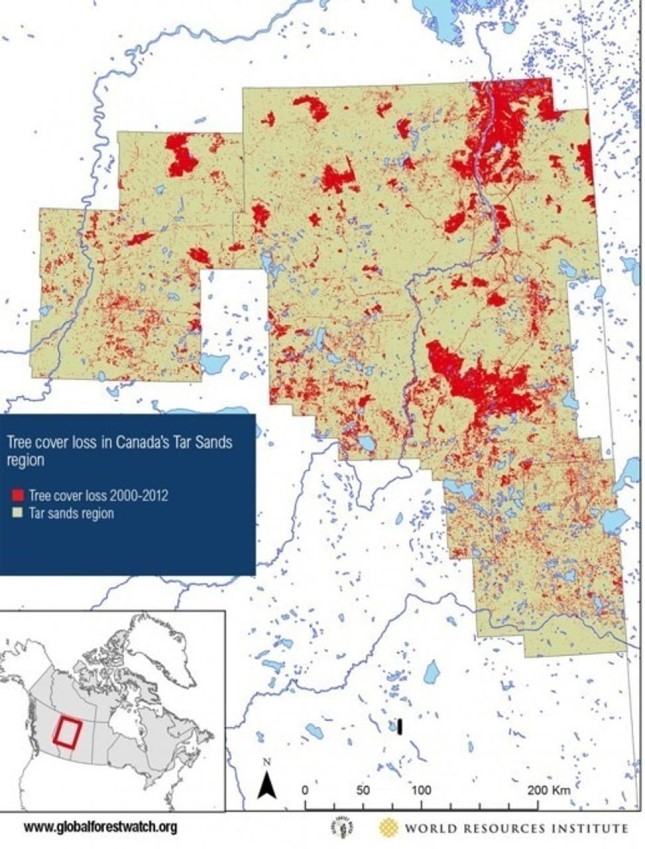
Tree cover loss of 775,500 hectares in Canada's tar sands region 2000-2012. Photo: World Resource Institute.
Alberta’s oil sands are the fourth largest oil reserves in the world, after Venezuela, Saudi Arabia, and Iran, with reserves equal to 160.1 billion barrels. Producing six million barrels of oil a day, Canada is the biggest source of American imports, with oil sands contributing 60 percent of that output.
The Wall Street Journal reported in July that Canadian oil companies have poured billions of gallons of toxic waste in vast reservoirs across Alberta’s boreal forest. These companies now want to pump these into a nearby river.]
BM: Appreciating the complexities that exist—and we are discussing processes that have been in place for decades—can you speak to the research you have done on the impact of fires on boreal forests? What did you conclude?
EW: There’s a strong interest in fires in forests that have frequent fire regimes or had frequent fire regimes historically, and then have had fires cease and have had fuel buildup, which include grasses, shrubs, trees, dead leaves, and fallen pine needles that form potential burnable materials.
And that’s not the same type of forest that we’re talking about with the boreal forests, where we wouldn’t expect fires to be frequent. And by frequent, I mean at most 30 years between fires. So, it would be rare for a fire to happen before those trees have grown back to a forest. And a 30-year-old forest is not like a big mature forest, but it would still look like a typical forest to people.
[Mature forests or old-growth forests are forests that have attained great age without significant disturbances and demonstrate unique ecological feature. The community of plants, animals, and fungi, through a lengthy ecological succession, have attained an equilibrium with each other over the span of time. As of 2020, there are 1.1 billion HA of primary forests remaining, with more than 60 percent in just three countries—Russia, Brazil, and Canada.]
Having fires occur more frequently than every 20 or 30 years in the northern boreal forest is quite rare. But there was one year, in 2014 in the Northwest Territories, where it was an extensive fire year.
And we observed this interesting phenomenon with the overlaps between fires in some boreal forests occurring with fewer than 10 years between them. In those places, we saw that the forests were not necessarily recovering to a similar state that they had before.
Mind you, the boreal forest is thought to be quite resilient to fire. We might even say that what you see is what you get. What I mean is that after a fire, what grows back is often very similar in terms of both structure and species to what was there before. But when you get disruptions to your fire regime, like these shortening fire-free intervals, we seem to veer off that pathway and you can open a trajectory to a new forest type.
In those short interval re-burn areas that we had been studying—we were comparing those to areas that had burned at the same time in the same fire but had been a much older stand at the time of burning—we found that the older stands were more resilient and were recovering on a trajectory to be more like what was there before. However, the short interval re-burn stands were shifting to an open, almost savanna-like broadleaf-dominated forest type, which is not necessarily very common. The boreal forests are usually dominated more by conifers.
Additionally, the change we saw in these re-burn areas appear to be quite persistent. For instance, some sites were more than 20 years after fire, and they still had a very open, low-density forest with mostly broadleaf trees. And then we also found this sort of interacting effect that this shift towards that low-density more broadleaf forest was amplified if there had been a post-fire drought, although that connection was less strong, I would say, than with fire frequencies.
The key thing to take away there is that if you have very short fire return intervals in a forest type that’s not necessarily adapted for that, we do see this shift away from the historical forest type, and that’s been supported by research that’s been done in other places like Alaska. And this seems to be a phenomenon that’s happening throughout western North America in the boreal where we have these short-interval overlaps. But those short-interval overlaps are not particularly common, so it tends to be a very small area within a fire. Generally, those younger burned areas don’t have a lot of fuel, so they do resist reburning.
Regarding the 2022 study [Climate-induced fire regime amplification in Alberta, Canada], though it included some of the areas we observed in 2019, we were focused more on Alberta and not the Northwest Territories. In that work, we found that there was a notable relationship over time where we had significant trends of increasing area burned, increasing extremes of fire size, and associated with that increasing area burned over time since about the 1980s, an increase in the likelihood of short-interval reburning over time.
We went further with this study by asking if we can relate these to the effects of climate change. And we noted that temperatures and vapor pressure deficits, which are a measure of atmospheric aridity or how dry the air is, including relative humidity in some seasons in Alberta, had demonstrated significant trends over time.
Then we did another analysis where we detrended … I’m not sure if everyone’s familiar with the statistical concept of spurious correlations which are connections between two variables that appear to be causal but aren’t. For example, let’s say you trended ice cream sales and gun violence and when you correlate them, they might increase together, but you know the two are not related.
So, you need to remove trends from things before you cross-correlate, if they both have significant trends. We did this analysis where we removed those significant trends and then cross-correlated the detrended data that remained, and we found that particularly humidity or aridity, so how dry the climate had been in Alberta, was significantly explaining the increases in fire activity in that province.
BM: What are the implications of these moving forward? Everyone is reporting that the 2023 fire season has been exceptional and that July has been the hottest month on record across the globe. But we will look back at this time and say it wasn’t so exceptional, meaning these patterns are becoming the new normal. From this perspective, what do the findings of these studies tell us?
EW: Within the scientific community, we’ve been aware and concerned about the trajectory that we’ve been on in terms of increasing fire activity in North America for some time. It’s been extensively reported and is widely agreed upon throughout that community that this is the direction it’s going. It is connected to the changes to the climate that we’re seeing.
I would hope that 2023 remains exceptional in peoples’ minds. I’m not prepared to say this is the “new normal” and every year from now on will be like this. But it fits with a trend that we already had observed, and all of our projections suggest that the climate is going to continue to warm and become drier in a lot of places. And we would expect that the things that are responding to that, like fire activity, will continue to follow that trend if it’s being driven by climate. Did I answer your question?
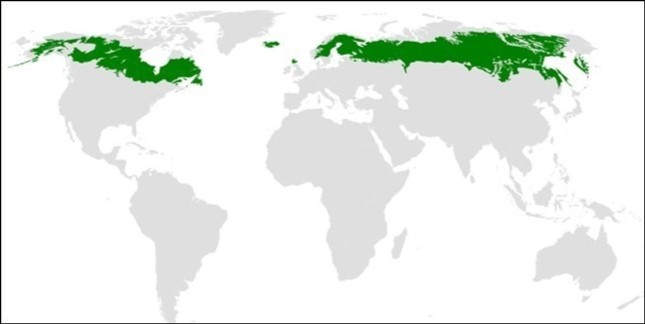
Boreal forests occur in the more southern parts of the taiga ecoregion that spread across the northern parts of the world. Photo: Created by Mark Baldwin-Smith.
BM: You’re being objective and you’re a scientist and you need data to make projections. And I think what you’re saying is there are trends towards things getting worse, but you need more data to observe complex systems and so you can’t be too cavalier about your comments.
EW: Correct. It fits with the trend that we’ve observed, and we don’t expect it to change in the short term. But there are also lots of interactions that can possibly buffer these trends. There will be shifts over time, but with the current forests that we have and the climate we are seeing, the current trends are what we expect.
BM: I wanted to change to another topic and ask you why are the Earth’s poles heating up faster than the rest of the planet? Even as you noted that the Canadian latitudes are seeing higher temperatures than ever before.
EW: Polar amplification … that’s an important question. The best way to explain this is that positive feedbacks, vicious cycles if you will, are responsible for faster warming at the poles relative to the rest of the world. The loss of sea ice and snow in the Arctic is contributing to a reduction in albedo, making for warmer temperatures where it was previously lower in nearby areas.
This creates positive feedback to warming, as the warmer surface accelerates the melt. There are additional positive feedbacks from things like increasing cloud cover reflecting more warmth to the earth’s surface, differences in lapse rates at the poles versus meridional regions, and warming oceans that also contribute to polar amplification.
[Albedo is a measure of the ability of surfaces to reflect sunlight. For instance, light-colored surfaces like sea ice returns a large part of the sunrays back into the atmosphere (high albedo). Dark surfaces absorb more of the sunlight and hence lead to warming. The loss of sea ice in the Arctic not only accelerates the feedback loop that promotes global warming, but it also releases greenhouse gases trapped within it.
The Arctic amplification may also be weakening the tropospheric jet stream, which is powered by the temperature differences between the Arctic and the mid-latitudes regions of North America. The warming of the Arctic causes the jet stream to slow and wobble, leading to the unusual extreme weather in the US as exemplified by the frigid polar vortex that descended on Texas in February 2021.
Additionally, the decline in the amount of sea ice in Antarctica (2.3 million square kilometers less or 15 percent lower than expected, an area that is comparable in size to Mexico) is occurring all the way around the continent’s 18,000-kilometer coastline. The catastrophic loss of large ice shelves has the potential to raise ocean water levels, affecting billions who live along the coasts.]
BM: This is an international concern, and it requires an international response. We have seen that the smoke coming from the Canadian fires into the US and Europe is causing severe air pollution. These ecological disasters, like the COVID pandemic, don’t care about national borders.
How has the Canadian government and public responded to your work? You are doing this research to educate people. And what, in your opinion, needs to happen to reverse these trends?
EW: So, my role as a government scientist is to do the best research I can. But I’m not in a position to develop policy in response to that. But in theory, my work informs the policies of the Canadian government and Provincial governments as well, because I’m supposed to be working for their benefit. It’s really up to them to choose how to interpret the results of our studies and how to apply them. We’re not a regulator.
I do think, looking at the past several budgets, if you look at where the money’s been spent in Canada, there is more attention being given towards increasing firefighting capacity, increasing our understanding of wildfires and an interest in reducing greenhouse gas emissions, which I think in some ways is related to the fire problems that we have.
How has the public responded? I have received some feedback from them. There’s certainly been interest from journalists, and I hope that what people write reaches the public in some ways. Sometimes I get contacted by people who are happy and excited and interested in what I’ve learned, and other times I get contacted by people who are disappointed with my findings or don’t agree with them.
I think the most direct way the public experiences the work we do is through the interpretations that have been made by policymakers who see this and review it. We do write summaries of everything that we do and inform the policy folks so that they can make decisions about how to move forward with that information.
And then what do we need to do going forward? Certainly, mitigating greenhouse gas emissions would be important. We already are on a trajectory where we’re baked in to experience more warming, and certainly the north is vulnerable because of that Arctic amplification that we discussed.
I’d like to add that I feel personally concerned about the vulnerability of our communities and the ecosystems in the north in particular because of that added impact of climate change in those regions. But there are things that we can do in terms of adaptation as well that are critical to protect lives.
Mitigating greenhouse gas emissions hopefully can reduce or alter these trends. But even if we were successful in that tomorrow, there’s still more warming that’s coming down due to the decisions that we’ve made in the past. And we do need to be able to be responsive to that.
BM: Any last thoughts you’d like to share? And I ask this question recognizing there are elements within the political spectrum that want to claim that this is all a hoax conjured up by scientists. As a person who studies climate change and the science of forest fires, what would do you want to tell them?
EW: I would say, set politics aside and look at the experiences of your friends and colleagues who are being evacuated and losing their homes. You may wish that wasn’t happening, but it is, and there’s a good understanding of why that’s happening.
BM: So, follow the real science and be empathetic to what’s happening to everyone because it can happen to you too.
EW: Exactly.
BM: Thank you so much for your time. I was very pleased that you accepted the interview. Your reports and studies need to be read and reviewed by the public. They are all too critical given the current state of the climate today and in the future.
Main photo: Dr. Ellen Whitman.
Source: World Socialist Web Site.
